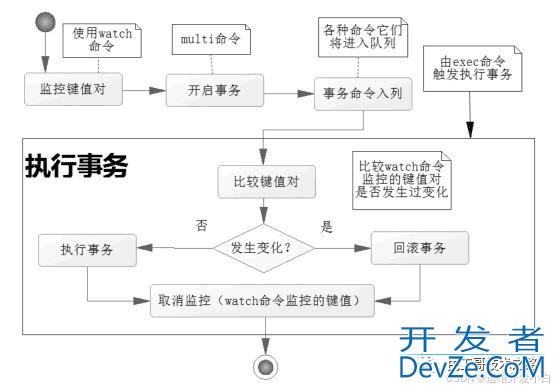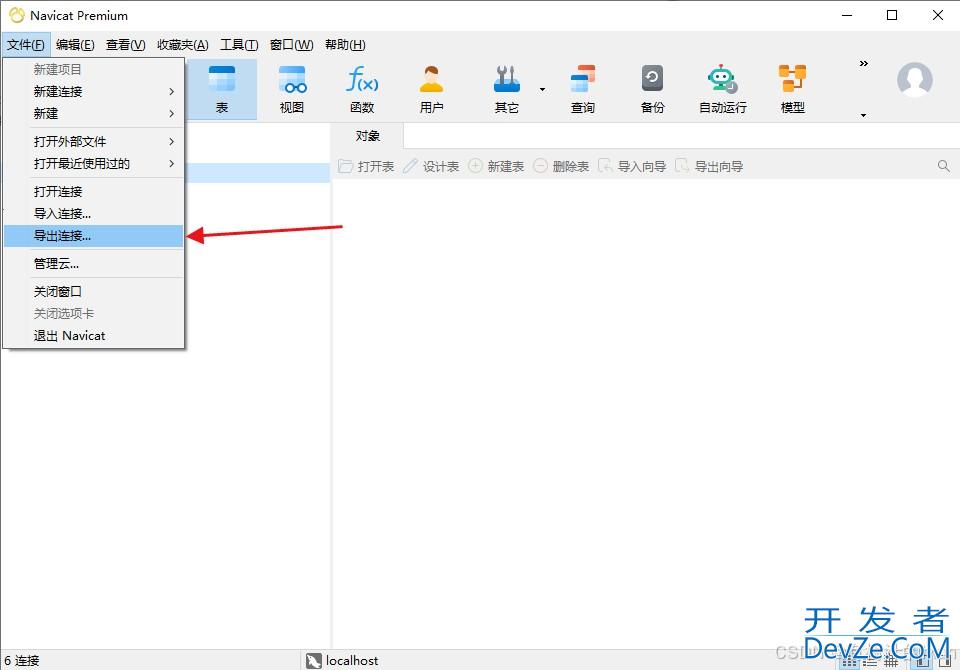MySQL with语句讲解
目录
- 一.提升代码的可读性和可维护性
- 二.with递归
备注:测试数据库版本为mysql 8.0
今天我们来聊聊MySQL的with语句
对于逻辑复杂的sql,with可以大大减少临时表的数量,提升代码的可读性、可维护性MySQL 8.0终于开始支持with语句了,对于复杂查询,可以不用写那么多的临时表了。
如需要scott用户下建表及录入数据语句,可参考:
scott建表及录入数据sql脚本语句结构:
with subquery_name1 as (subquery_body1),
subquery_name2 as (subquery_body2)
...
select * from subquery_name1 a, subquery_name2 b
where a.col = b.col
...
优势
- – 代码模块化
- – 代码可读性增强
- – 相同查询唯一化
一.提升代码的可读性和可维护性
需求:求每个部门的平均工资,以及剔除薪资低于1000的实习人员之后的平均工资
-- 求每个部门的平均工资,以及剔除薪资低于1000的实习人员之后的平均工资
-- 主查询的from后面跟了2个临时表,程序可读性不佳
select d.deptno, tmp1.avg_sal avg_sal1, tmp2.avg_sal avg_sal2
from dept d
left join (select e1.deptno, round(avg(ifnull(e1.sal, 0)), 2) avg_sal
from emp e1
group by e1.deptno) tmp1
on d.deptno = tmp1.deptno
left join (select e1.deptno, round(avg(ifnull(e1.sal, 0)), 2) avg_sal
from emp e1
where e1.sal > 1000
group by e1.deptno) tmp2
on d.deptno = tmp2.deptno;
-- 求每个部门的平均工资,以及剔除薪资低于1000的实习人员之后的平均工资
-- 2个临时表的定时语句通过with封装成子查询了,程序可读性增强
with tmp1 as
(select e1.deptno, round(avg(ifnull(e1.sal, 0)), 2) avg_sal
from emp e1
group by e1.deptno),
tmp2 as
(select e1.deptno, round(avg(ifnull(e1.sal, 0)), 2) avg_sal
from emp e1
where e1.sal > 1000
group by e1.deptno)
select d.deptno, tmp1.avg_sal avg_sal1, tmp2.avg_sal avg_sal2
from dept d
left join tmp1
on d.deptno = tmp1.deptno
left join tmp2
on d.deptno = tmp2.deptno;
mysql> -- 求每个部门的平均工资,以及剔除薪资低于1000的实习人员之python后的平均工资
mysql> -- 主查询的from后面跟了2个临时表,程序可读性不佳
mysql> select d.deptno, tmp1.avg_sal avg_sal1, tmp2.avg_sal avg_sal2
-> from dept d
-> left join (select e1.deptno, round(avg(ifnull(e1.sal, 0)), 2) avg_sal
-> from emp e1
-> group by e1.deptno) tmp1
-> on d.deptno = tmp1.depjstno
-> left join (select e1.deptno, round(avg(ifnull(e1.sal, 0)), 2) avg_sal
-> from emp e1
-> where e1.sal android> 1000
-> group by e1.deptno) tmp2
-> on d.deptno = tmp2.deptno;
+--------+----------+----------+
| deptno | avg_sal1 | avg_sal2 |
+--------+----------+----------+
| 10 | 2916.67 | 2916.67 |
| 20 | 2175.00 | 2518.75 |
| 30 | 1566.67 | 1690.00 |
| 40 | NULL | NULL |
+--------+----------+----------+
4 rows in set (0.00 sec)
mysql>
mysql>
mysql> -- 求每个部门的平均工资,以及剔除薪资低于1000的实习人员之后的平均工资
mysql> -- 2个临时表的定时语句通过with封装成子查询了,程序可读性增强
mysql> with tmp1 as
-> (select e1.deptno, round(avg(ifnull(e1.sal, 0)), 2) avg_sal
-> from emp开发者_Hbase e1
-> group by e1.deptno),
-> tmp2 as
android-> (select e1.deptno, round(avg(ifnull(e1.sal, 0)), 2) avg_sal
-&www.devze.comgt; from emp e1
-> where e1.sal > 1000
-> group by e1.deptno)
-> select d.deptno, tmp1.avg_sal avg_sal1, tmp2.avg_sal avg_sal2
-> from dept d
-> left join tmp1
-> on d.deptno = tmp1.deptno
-> left join tmp2
-> on d.deptno = tmp2.deptno;
+--------+----------+----------+
| deptno | avg_sal1 | avg_sal2 |
+--------+----------+----------+
| 10 | 2916.67 | 2916.67 |
| 20 | 2175.00 | 2518.75 |
| 30 | 1566.67 | 1690.00 |
| 40 | NULL | NULL |
+--------+----------+----------+
4 rows in set (0.00 sec)
mysql>
二.with递归
用with递归构造数列
-- 用with递归构造1-10的数据 with RECURSIVE c(n) as (select 1 union all select n + 1 from c where n < 10) select n from c;
-- 用with递归构造1-10的数据
mysql> with RECURSIVE c(n) as
-> (select 1 union all select n + 1 from c where n < 10)
-> select n from c;
+------+
| n |
+------+
| 1 |
| 2 |
| 3 |
| 4 |
| 5 |
| 6 |
| 7 |
| 8 |
| 9 |
| 10 |
+------+
10 rows in set (0.00 sec)
用with递归构造级联关系
with RECURSIVE emp2(ename,empno,mgr,lvl)
as
(select ename, empno, mgr, 1 lvl from emp where mgr is null
union all
select emp.ename, emp.empno, emp.mgr, e2.lvl+1
from emp, emp2 e2
where emp.mgr = e2.empno
)
select lvl,
concat(repeat('**',lvl),ename) nm
from emp2
order by lvl,ename
;
mysql> with RECURSIVE emp2(ename,empno,mgr,lvl)
-> as
-> (select ename, empno, mgr, 1 lvl from emp where mgr is null
-> union all
-> select emp.ename, emp.empno, emp.mgr, e2.lvl+1
-> from emp, emp2 e2
-> where emp.mgr = e2.empno
-> )
-> select lvl,
-> concat(repeat('**',lvl),ename) nm
-> from emp2
-> order by lvl,ename
-> ;
+------+---------------+
| lvl | nm |
+------+---------------+
| 1 | **KING |
| 2 | ****BLAKE |
| 2 | ****CLARK |
| 2 | ****JONES |
| 3 | ******ALLEN |
| 3 | ******FORD |
| 3 | ******JAMES |
| 3 | ******MARTIN |
| 3 | ******MILLER |
| 3 | ******SCOTT |
| 3 | ******TURNER |
| 3 | ******WARD |
| 4 | ********ADAMS |
| 4 | ********SMITH |
+------+---------------+
14 rows in set (0.00 sec)
到此这篇关于MySQL with语句小结的文章就介绍到这了,更多相关mysql with语句内容请搜索我们以前的文章或继续浏览下面的相关文章希望大家以后多多支持我们!








 加载中,请稍侯......
加载中,请稍侯......
精彩评论